
Saving the Stately Giraffe
Giraffes are an iconic species on the savanna. Due to their towering stature, beautiful patterning, and general uniqueness, they have been the inspiration for countless mascots and paintings across the world. It’s hard to go to any store and not see something with a giraffe on it! Yet sadly, and unbeknownst to many, giraffes are in trouble.
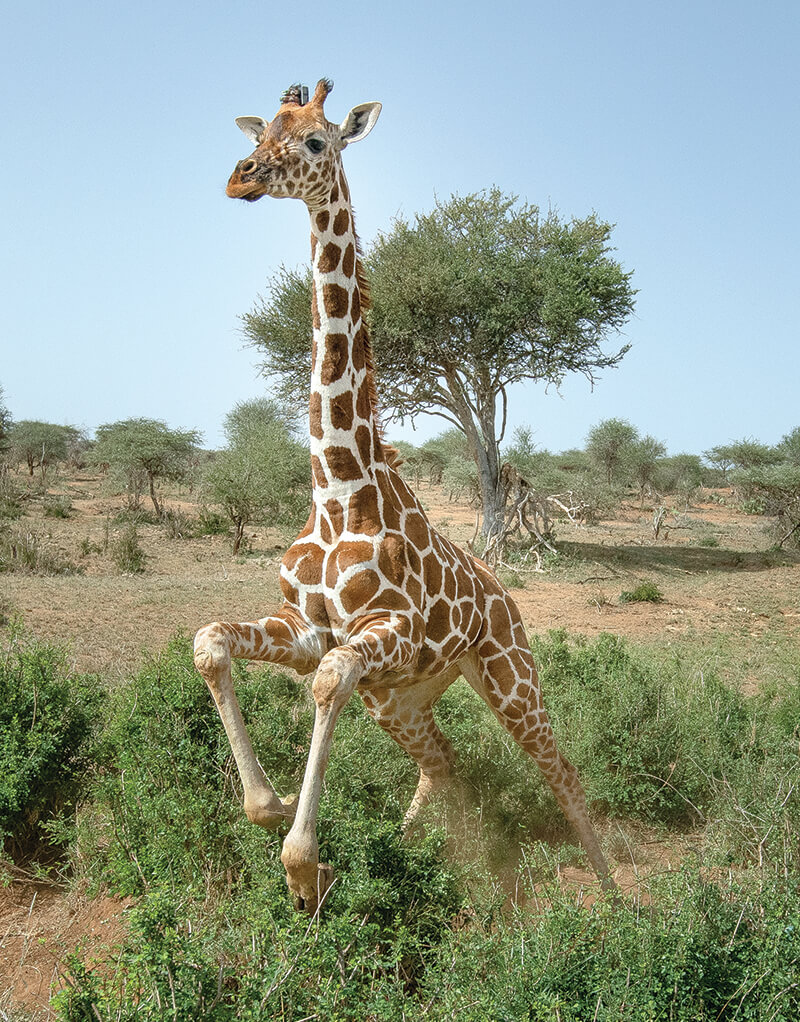
Across their range in sub-Saharan Africa, giraffe populations have declined by roughly 40 percent just within the last 30 years. In fact, there are an estimated four elephants for every one giraffe left in the wild. However, their decline has gone widely unnoticed. Similar to many other species, habitat loss and degradation, poaching, and climate change have all contributed to the decline in giraffe populations. This quiet, yet alarming loss has been termed by many as a “silent extinction.” But there is hope!
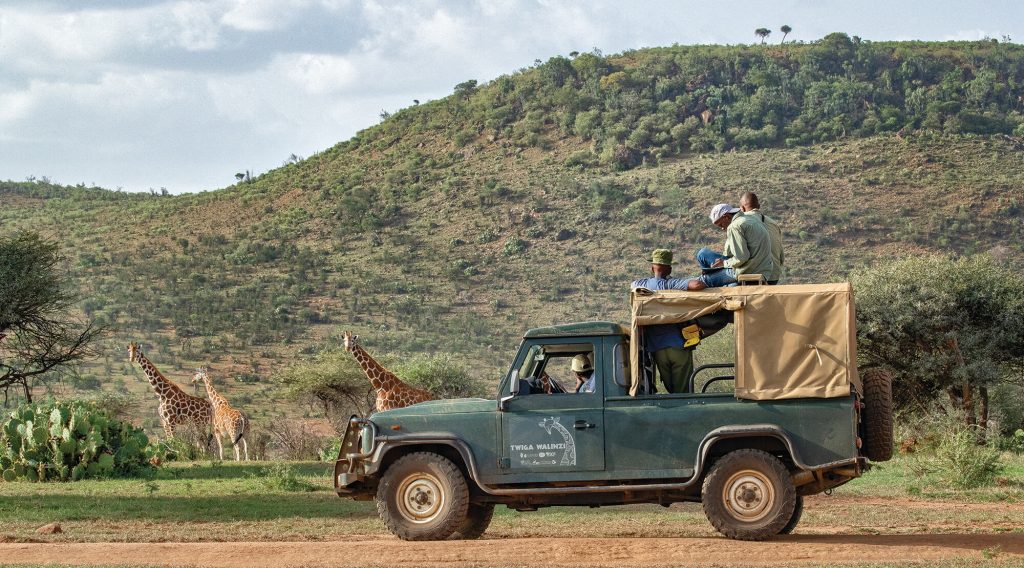
Twiga Walinzi
In 2016, San Diego Zoo Wildlife Alliance, in collaboration with Northern Rangelands Trust, Giraffe Conservation Foundation, Loisaba Conservancy, Kenya Wildlife Service, and The Nature Conservancy, launched the Twiga Walinzi Initiative, aimed at reversing the decline in giraffe populations and bolstering local conservation efforts in the rangelands of northern Kenya.
Giving the initiative its name is the Twiga Walinzi (which means “Giraffe Guards” in Swahili) research team. Since its inception just 5 years ago, the team has grown from 5 research associates at 2 conservancies to 16 Twiga Walinzi research associates and 10 conservancy rangers working with over 10 conservancies in northern Kenya. The team, all from their local conservancies, are leaders in wildlife conservation and working with their communities. The Twiga Walinzi conduct all the field studies on giraffes, monitor individual animals, engage with communities and local governments, and assist with giraffe orphan rescues, when possible and needed.
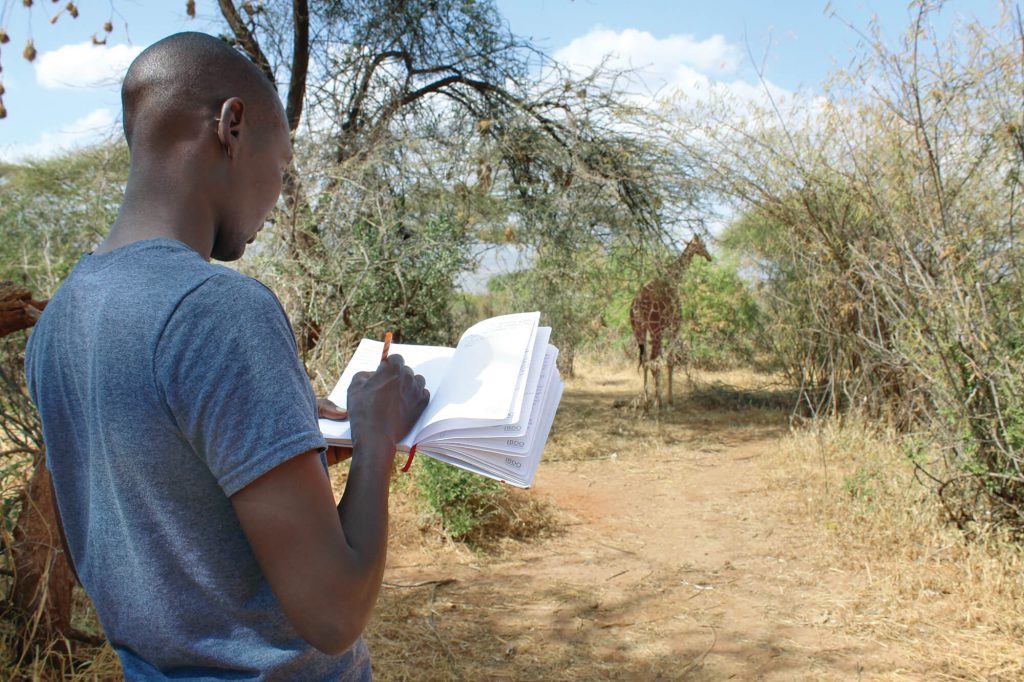
Our work in Kenya is vital to the conservation of giraffes, as Kenya is the only country where you can find three distinct giraffe subspecies: Masai (Giraffa camelopardalis tippelskirchi), reticulated (G.c. reticulata), and Nubian (G.c. camelopardalis). Unfortunately, all of these giraffe populations are under threat. Masai and reticulated giraffes are listed as Endangered on the International Union for Conservation of Nature Red List of Threatened Species, and Nubian giraffes are listed as Critically Endangered. Through the Twiga Walinzi’s work, we work closely with communities to better understand these giraffe populations, so we can develop and guide targeted conservation measures that will safeguard these populations for future generations.
For the past five years, the project focused mainly on protecting and understanding reticulated giraffe populations in these rangelands. Last November, we were also excited to begin collaborating with conservancy rangers in western Kenya, where a group of Nubian giraffes was reintroduced back into an area where they hadn’t lived for about 70 years. Reintroductions of species are complex, and require time and commitment to ensure the animals adjust well once they are in their new home. Working closely with these conservancy rangers, the Twiga Walinzi are helping implement long-term monitoring plans, as well as community awareness and outreach activities to ensure these giraffes thrive in their new home.
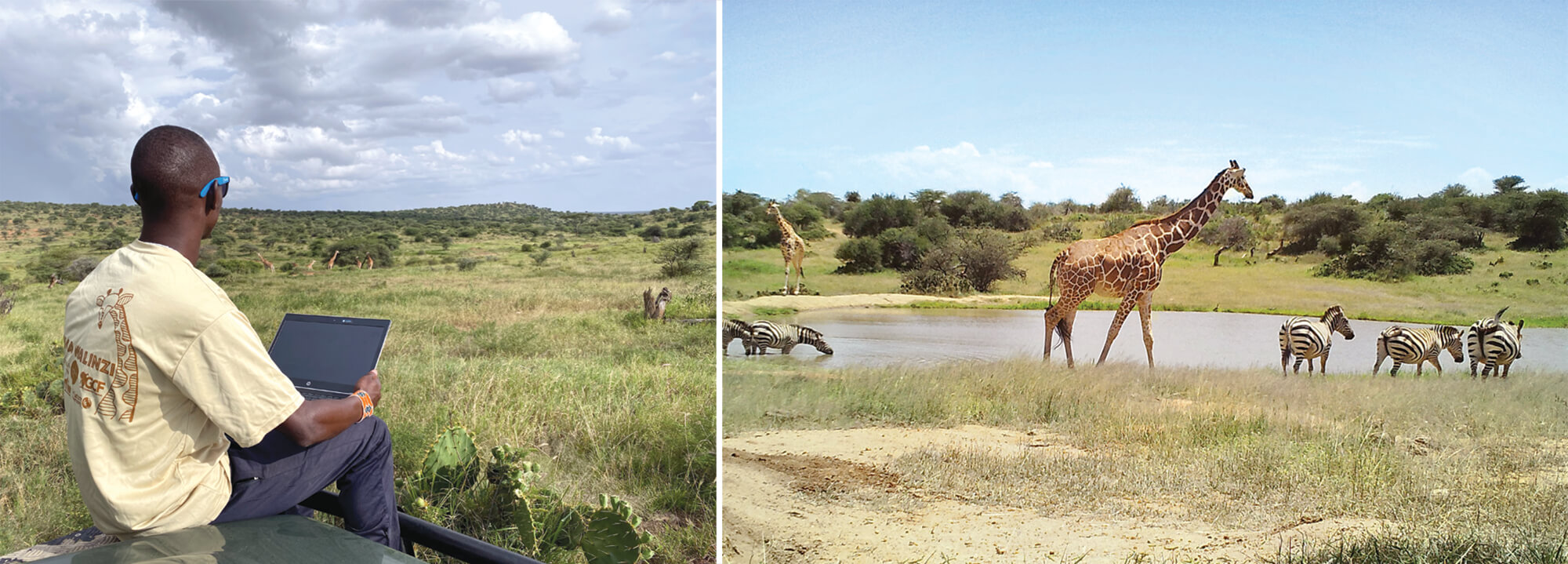
Worth 1,000 Words
One of the most exciting and innovative ways the Twiga Walinzi are monitoring giraffe populations is by taking pictures of every giraffe they come across. Just like our fingerprints, giraffes can be identified by their unique coat patterns—making this a simple and noninvasive way to study and track individuals over time. So, every time the Twiga Walinzi team encounters a giraffe, or a tower of giraffes (as groups are often called), they will take a picture of the right side of each giraffe as well as recording important information, including the age, sex, and location of the individual. We can then use advanced pattern recognition software, developed in partnership with WildMe and Giraffe Conservation Foundation, to identify individuals and keep track of them as they move throughout the landscape.
In addition to the Twiga Walinzi’s vital research and monitoring, community involvement and education are foundational to our approach. Where we work, giraffes, livestock, and people all occupy the same spaces. Recently, our team contributed to a study outlining that over 95 percent of reticulated giraffes occur outside of formally protected areas like national parks. So, protecting giraffes into the future largely depends on our ability to design conservation for and with communities that live alongside giraffes. As leaders in their communities, the Twiga Walinzi are influencing how their families and neighbors join them as part of wildlife conservation efforts.
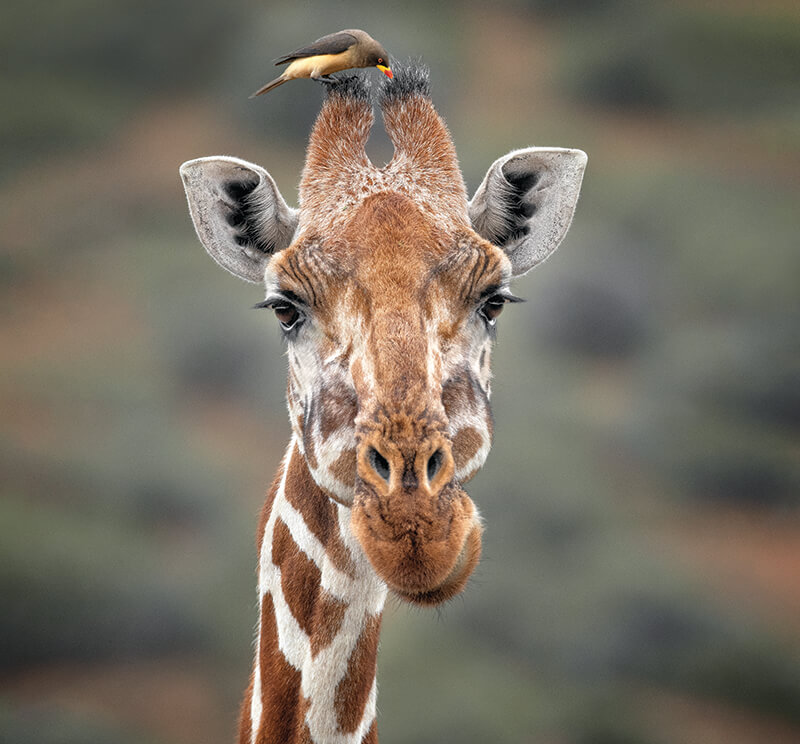
“This project has been great to create awareness about giraffes, and has really changed the community’s perception of giraffes,” explains Twiga Walinzi research associate Joseph Lemisrkishan.
Another aspect of our work focuses on understanding how people view and interact with giraffes, showing that since the Twiga Walinzi have been active, attitudes toward giraffes are more positive, support for their protection has increased, and levels of giraffe meat consumption have significantly declined. Engaging with the communities where we work increases protections for giraffes, while ensuring that our conservation work reflects community goals.
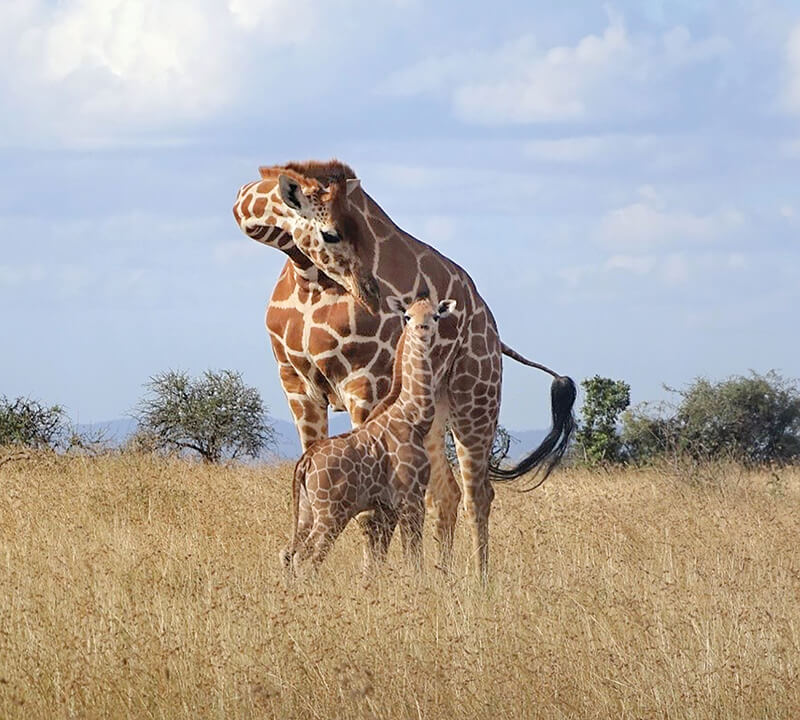
You can be a conservation ally by helping the Twiga Walinzi Initiative! As part of the initiative, we place motion-activated trail cameras throughout the conservancies to monitor and track giraffes and other wildlife. These cameras are amazing at capturing images of all types of animals, but they are great at capturing images of vegetation as well—leaving us with millions of images to sort through each year. That’s where you come in! Thanks to the citizen science platform Zooniverse, anyone from anywhere in the world can log on to WildwatchKenya.org and help our research team sort through these images. Every photo classification helps contribute directly to the conservation of giraffes in Kenya!
Together with the Twiga Walinzi team, and you, we are hopeful for the future of giraffes in the northern rangelands.
Jenna Stacy-Dawes, M.A., is a population sustainability researcher for SDZWA; Kirstie Ruppert, Ph.D., is a community engagement scientist for SDZWA.




